Juniper trees with browning at the center
broken_arrow
13 years ago
Featured Answer
Sort by:Oldest
Comments (16)
broken_arrow
13 years agolast modified: 9 years agoscotjute Z8
13 years agolast modified: 9 years agoRelated Discussions
Juniper Turing Brown In the Middle
Comments (5)If you continue to follow those directions, your "bonzi" will continue to die. It is an outdoor tree, not a house plant. The inside foliage of the tree is dieing because there is insufficient light, humidity, and air to keep it healthy and happy. Never feed a plant that is struggling to survive. You should only feed healthy plants under good growing. If you want the plant to survive, move it outdoors in shade, and don't water from a schedule. Water when the plant needs it. randy Here is a link that might be useful: junipers...See MoreBrown Needles on my Juniper Procumbens nana
Comments (1)Unless you plant it straight into the ground yesterday (no pot!) it'll be gone very shortly. Junipers have no business indoors, and 'a few hours of sunlight a day' is not helping anything, neither is the (likely) cheapo, water holding potting soil it probably came in (vs mostly grit that conifers need for fast drainage), nor would be the layer of glued on pebbles your tree may have come with (and that should be pried up and discarded). The brown needles you see now may only be last year's castoffs, but could also be due to much too frequent watering, with the pot sitting in drain water and rotting roots, as well as lack of all the good things being outdoors will give it (that you can't duplicate inside). Go to www.bonsai4me.com for basic generic care, www.evergreengardenworks.com for lots of great info on (mostly) outdoor bonsai, and www.bonsaihunk.us/cultural.html re growing tropicals indoors. Those are some starter places, but a local club is definitely the best place to learn, so try to find one....See MoreJuniper groundcover turning brown fast
Comments (4)What trees and plants are they planted by? Are they Iris or dayliilies or what? They don't like to be planted by anything. What are the giant shrubs or trees they are next to? I don't think they like that spot. Are they pretty new to that spot? Did you mulch? I think the competition for water is too great for them. Move them to be more "on their own" and they will do better....See MoreHelp! What's turning my junipers brown?
Comments (4)It would be best to move the mulch away from the plants a bit. Mulch right up against the base does not allow the bark to dry and opens the plants up to collar rot. That goes for all of your woody ornamentals, not just the ones that look sickly right now. Give them a few inches around the base and when putting in new ones,don't plant too deeply....See Moredcsteg
13 years agolast modified: 9 years agobroken_arrow
13 years agolast modified: 9 years agobroken_arrow
13 years agolast modified: 9 years agoscotjute Z8
13 years agolast modified: 9 years agodcsteg
12 years agolast modified: 9 years agobroken_arrow
12 years agolast modified: 9 years agojaceymae
5 years agolast modified: 5 years agoUser
5 years agojaceymae
5 years agolast modified: 5 years agoBecky Kridel
2 years agogardengal48 (PNW Z8/9)
2 years agolast modified: 2 years agoBecky Kridel
2 years agoMegan Traynor
last year
Related Stories
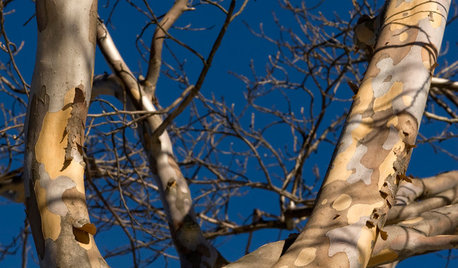
WINTER GARDENING8 Gorgeous Trees for Winter Interest in the Garden
Intriguing forms and beautiful branches take center stage when color heads back into the wings of the winter landscape
Full Story
GARDENING GUIDESNo-Regret Plants: 5 Questions Smart Shoppers Ask
Quit wasting money and time at the garden center. This checklist will ensure that the plants you're eyeing will stick around in your yard
Full Story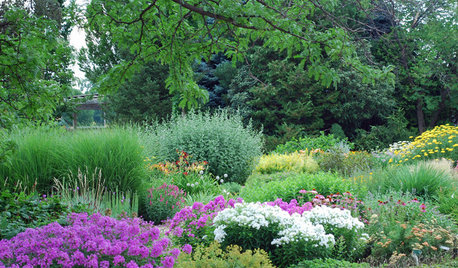
LANDSCAPE DESIGNTake Your Garden on a Rural Route With Plant-Dominant Designs
Let plants take center stage for a garden that recalls idyllic pastures fashioned by nature's hand
Full Story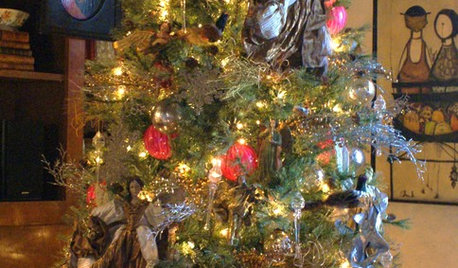
HOLIDAYSChristmas Tree Decorating the Painless Way
Holidays are for carols, not cussing. Make tree trimming less work and more fun with this guide at your side
Full Story
SPRING GARDENING7 Spectacular and Practical Spring-Flowering Trees
Put on a beauteous show in the garden with a landscape tree awash in flowers — just do your homework first
Full Story
HOLIDAYSHow to Care for Your Christmas Tree
Keep your tree looking lush until the last ornament is packed away with these tips for watering, using stands and more
Full Story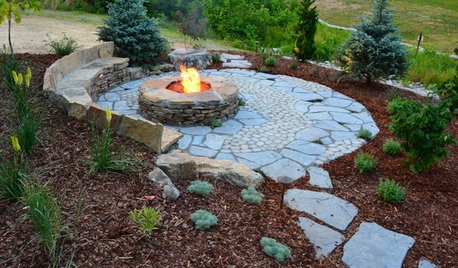
HOLIDAYS10 Ways Your Christmas Tree Can Live On After the Holidays
Learn how to recycle your Christmas tree and reap benefits for the environment
Full Story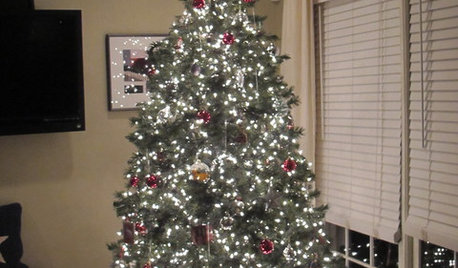
CHRISTMASHow to Light Your Christmas Tree Like a Pro
Give yourself frustration-free tree lighting this year — the trick is clever cord management
Full Story
FALL GARDENING6 Trees You'll Fall For
Don’t put down that spade! Autumn is the perfect time for planting these trees
Full Story
SIDE YARD IDEASNarrow Trees for Tight Garden Spaces
Boost interest in a side yard or another space-challenged area with the fragrance and color of these columnar trees
Full Story


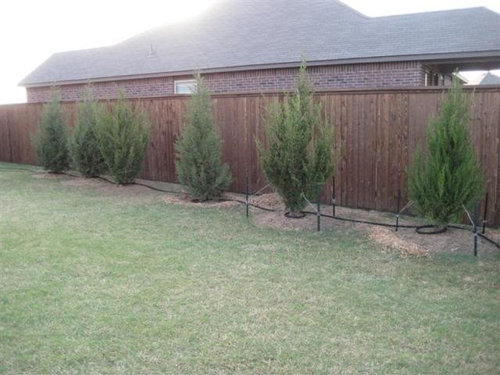
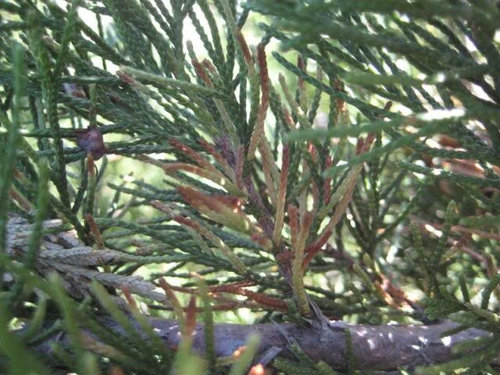
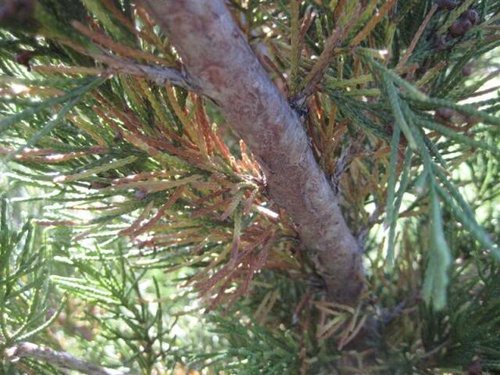


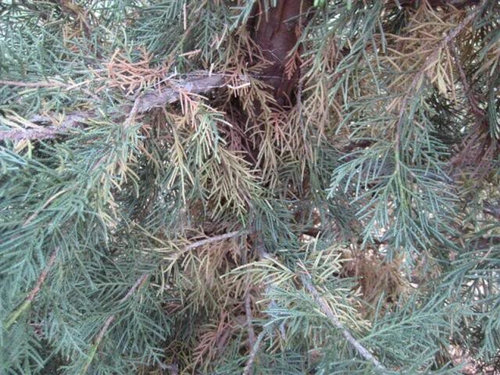
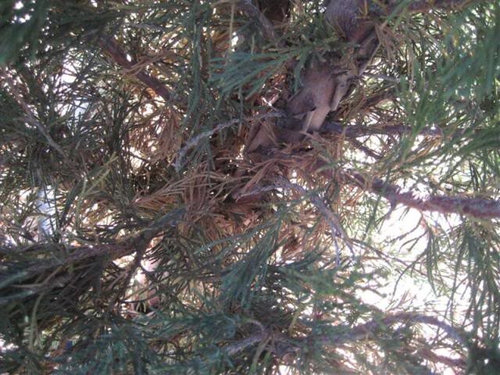

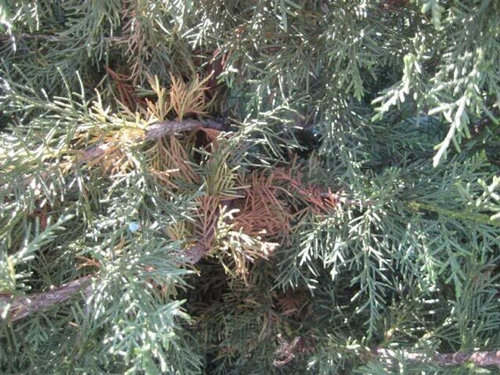
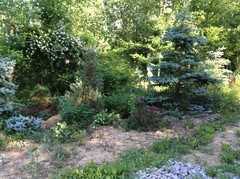
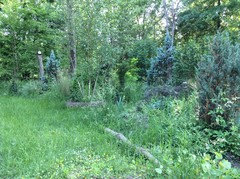




ken_adrian Adrian MI cold Z5